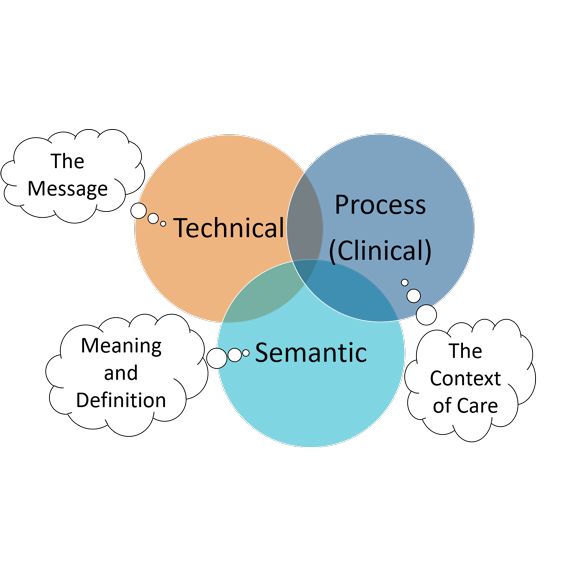The Health Record Is Evolving
New requirements for the storage and reuse of clinical data are constantly emerging. The reuse of clinical data for both front line care and secondary uses such as quality reporting is now seen as a necessity. The traditional document bound paradigm is now shifting to a more data centric model supported by Application Protocol Interfaces (APIs) to leverage interactions between electronic systems. Additionally, the need for better integration across the spectrum of health informatics is evidenced by international government initiatives.



